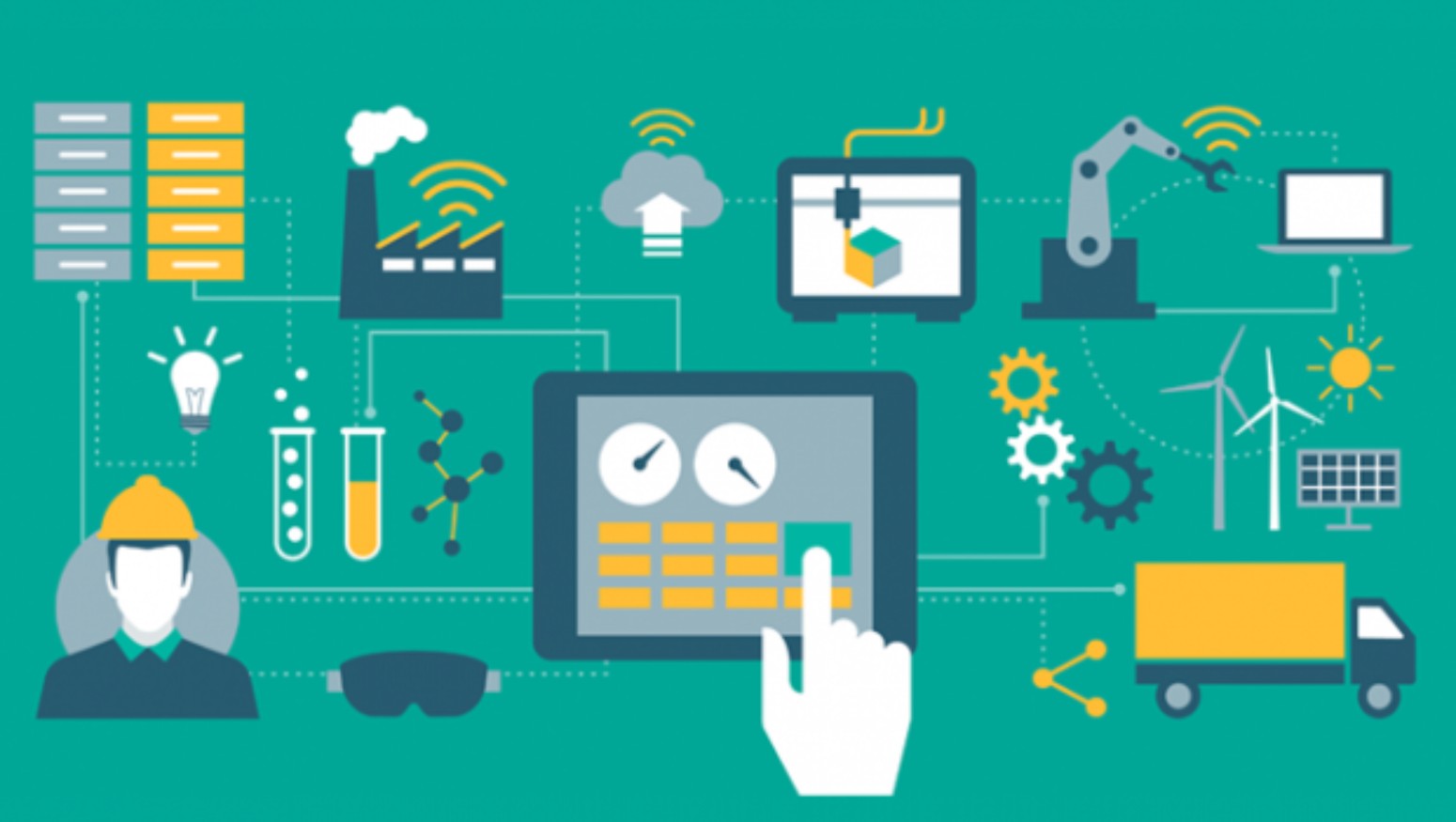Edge computing is part of a distributed computing topology that brings computation and data storage closer to where it is being gathered instead of a central location situated thousands of miles. Or as Gartner puts, “close to the edge — where things and people produce or consume that information.” Because of this edge computing has an advantage over cloud computing in which data is sent to a large data centre located at a centralised location, far away from the source. The exponential growth of the IoT devices, which are connected to the internet for either receiving or storing data, is what prompted the development of edge computing.
The basic premise of edge computing gives it several advantages such as reduced latency, increased data security and privacy, robust and responsive application performance, reduced operating costs, and improved scalability.
With new developments in this form of computing, it has established its prominence for use in several industries, some of which are listed below:
Autonomous Vehicles
The advent of new and evolving technologies have presented newer challenges such as data processing delay, data transfer in connected vehicles, on-spot and reliable decision making, and processing of vast amounts of data. There has been a greater focus on leveraging edge computing capabilities to deal with such challenges, as compared to other conventional computational methods.
The data collected from the vehicles accelerometer and gyrometer can be computed at the source using edge computing, to generate corresponding alerts, as in the cases of sudden acceleration, instantaneous braking, and car crash, in order to maintain safe driving standards. Further, the edge computing-enabled driver monitoring system will alert drivers during momentary (voluntary or involuntary) lapses in focus. It can generate real-time warning alerts in situations such as no seat belt, signal and lane violation, and to maintain a safe distance from other vehicles on the road.
Healthcare
Distributive analytics unlocks insights from the data collected through the IoT devices, helping healthcare providers to move beyond physical patient visits to the hospitals. Edge computing helps in broadening the field of vision and enables a shift from reactive to proactive care by creating a continuous real-time patient management system.
Edge computing in healthcare helps in accelerating machine-to-machine communication and machine-to-human interaction. This takes localised processing to the sensor by pushing the computing processing closer to the data sources. This computing mechanism will also help deliver medical applications and services to remote rural areas by distributing workloads in branch data centre locations. Implementation of virtualisation technologies such as hyper-convergence can further ease effective communication between patients and healthcare providers. IoT healthcare devices, when interfaced with edge data centres, can extend the reach of medical personnel to even patients with poor connectivity.
Other applications of edge computing in healthcare include, but are not limited to, helping health centres manage their inventories, eliminate time-consuming paperwork and manual ordering, and accelerate the process of critical medicine/equipment shipment.
Virtual and Augmented Reality
Both virtual and augmented reality require low latency and real-time responses to their functions. While VR provides an immersive environment of digital graphics, AR transposes graphics onto a real environment.
Such synchronising of the real-world and motions of a user with the digital world requires heavy rendering. In this case, edge computing helps in augmenting on-device processes by splitting workloads between the AR/VR device and the edge cloud. Then, in combination with fast and reliable 5G connectivity helps deliver the final experience to the user. Ericsson, Qualcomm, and NVIDIA joined forces to bring a VR solution to the market in April this year. This solution contains three main components:
- A Qualcomm Snapdragon XR2 5G equipped head-mounted device for boundless XR (extended reality) over 5G
- CloudXR, RTX GPU, and GPU virtualisation software to support streaming
- 5G network from Ericsson to connect the gadget with edge cloud at high speed and low latency.
Manufacturing
Edge computing enables industrial equipment to make decisions without human intervention. Its decentralised nature helps in reducing time and costs. Since the data is gathered and processed locally, mobile equipment can be set up on-site with a minimum data infrastructure footprint. This will shorten the supply chain and make markets more accessible.
Further, edge computing’s ‘always on’ connectivity will reduce the occurrence of system downtime, providing greater organisational flexibility. Since edge computing also forms the framework for machine learning networks, robotics-driven manufacturing is also possible. Data gathering and transmitting by robots through edge networks using IoT devices can identify irregularities and inefficiencies quickly. The distributed nature of the system ensures better levels of uptime productivity.
Financial Sector
Banks and financial service providers are already using edge computing, coupled with 5G technology. Banks are applying real-time analytics using edge computing on the data derived from near-field communication technology and customer interaction to present personalised offerings, targeted campaign messages, and for pushing relevant product content to customers in the branch. Principles of edge computing are also being used to give ATMs and Kiosks the ability to gather and process data, allowing them to offer a broader range of features. Further, AI combined with edge computing can be used to extract and analyse critical insights for improved customer experience.
Banks can now also develop shared and white label branches, which could be remotely served by tellers, supported by computer vision and edge analytics. This could help in offering financial banking products and services to customers anywhere.
Looking Ahead
Despite the proven advantages (as already mentioned) of edge computing over cloud computing, researchers would still like to believe that it is not an either/or proposition. As per Cisco estimates, the total amount of data created (and not necessarily stored) by any device will exceed 800 ZB per year by 2021, a large part of it from IoT devices alone. Since edge computing architectures don’t have enough storage to spare, it is unlikely that it could replace the cloud.
An ideal solution would be to combine the data-gathering potential of edge computing with the storage and processing capacity of the cloud to keep the IoT devices running fast and efficiently.




















































































